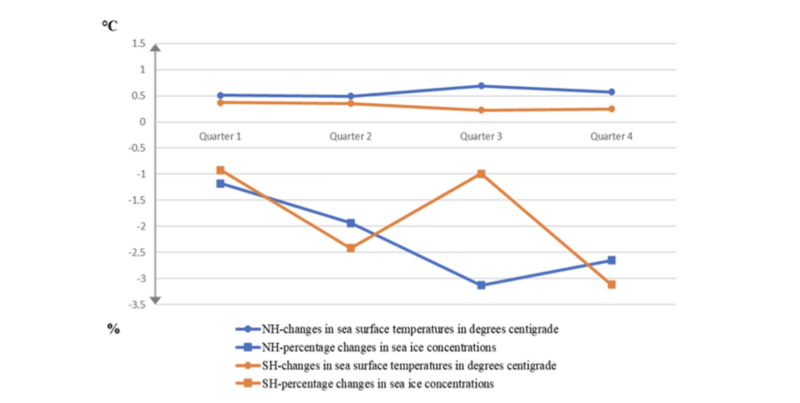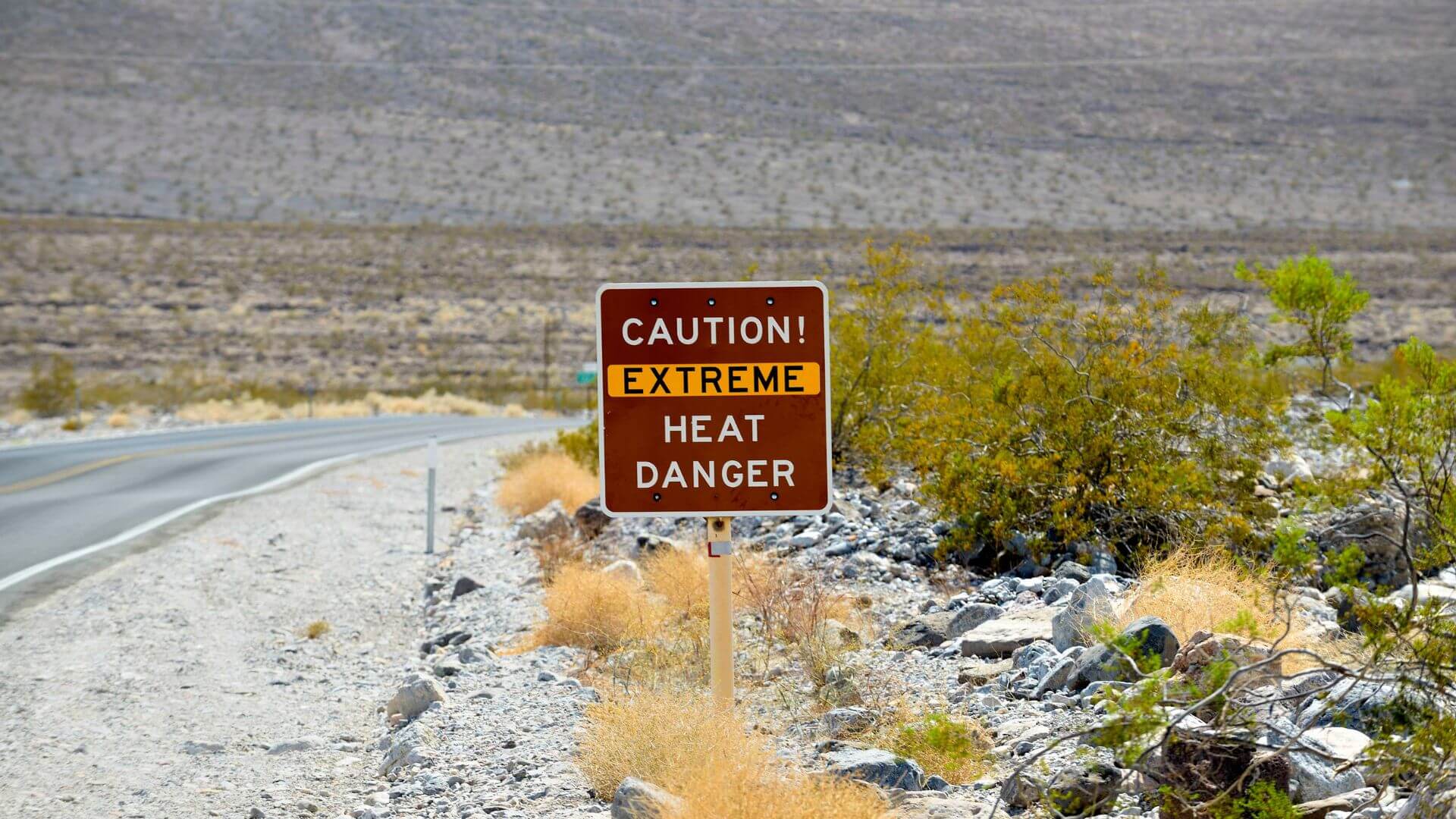
Professor calls for policymakers to create evidence-based policies, sounds the alarm on dumping pollutants and waste into rivers and oceans
Decades of scientific research and investigation unequivocally show that oceans are increasingly bearing the brunt of global warming. With greenhouse gasses trapping more of the sun’s energy in Earth’s atmosphere, sea surface temperatures continue to rise at an alarming rate. To date, the ocean has absorbed approximately 90 percent of the heat generated by rising emissions, leading to a significant increase in ocean temperatures and reshaping climate patterns across the globe. Melting glaciers, rising sea levels, and stronger storms are just the tip of the proverbial iceberg.
University of Maryland School of Public Policy Professor Alok Bhargava has spent the past 40 years researching and applying econometric methods to complex policy issues such as environmental science and climate change. Bhargava recently co-authored and published an article on this topic with Juan A. Echenique, recent UMD School of Public Policy Ph.D. graduate, in the Journal of Marine Science and Engineering (JMSE). The article, An Econometric Analysis of Sea Surface Temperatures, Sea Ice Concentrations and Ocean Surface Current Velocities, analyzed data over a 20-year period from 2000-2019 on sea surface temperatures, sea ice concentrations, and ocean surface current zonal and meridional velocities in the Northern and Southern hemispheres. “Overall, the results indicated the importance of reducing sea surface temperatures via reductions in greenhouse gas emissions and the dumping of pollutants into oceans for maintaining sea ice concentrations and enhancing global sustainability.”
We had the opportunity to speak with Professor Bhargava about his research and its implications for the future of our world.
What prompted you to research sea surface temperatures, sea ice concentrations, and ocean surface current velocities as it relates to global warming?
Oceans are warming and dissolved oxygen levels are declining, as reported in my previous article published in JRSSA, 2022 [Journal of the Royal Statistical Society]. There are practically no empirical studies analyzing remote sensing longitudinal data for these three climatic indicators. I am trying to understand the interconnections between the variables for the formulation of evidence-based climate policies.
What are some of the key findings of your research?
The reductions in sea ice concentrations in turn increase future sea surface temperatures thereby indicating "feedback" effects of global warming. Also, an increase of 1% in sea surface temperatures implies around 2.5% decline in sea ice concentrations. Thus, global warming is likely to take place at a higher rate than that projected via simulation models.
Why are those findings significant?
The Intergovernmental Panel on Climate Change and policymakers need to utilize the results from the analyses of in situ and remote sensing longitudinal data for the formulation of evidence-based policies.
Changes in sea surface temperatures and sea ice concentrations between 2000 and 2019 in the four quarters in the Northern and Southern hemispheres using data for 1×1 degree grids
What are some of the most prominent dangers if sea surface temperatures continue to rise?
Sea ice is likely to melt rapidly in the Northern hemisphere and also in the Southern hemisphere partly via the ocean currents. Climate in Asia and Africa is likely to become intolerably warm especially in the summer seasons; future climate in Europe will depend on velocity changes in the Atlantic Meridional Overturning Circulation. Lastly, sea levels are likely to rise with the reductions in polar ice thickness.
What can we as individuals do to combat this climate crisis?
Greater use of renewable energy, lower wasteful consumption, and reducing the dumping of industrial and agricultural waste in rivers and oceans can help alleviate the situation to a certain degree.
Can you tell us about what you teach, and how this research helps to inform and shape what you teach?
I discuss some aspects of climate, population, health and agriculture in my food policy and quantitative courses, and present the empirical evidence.
Greater use of renewable energy, lower wasteful consumption, and reducing the dumping of industrial and agricultural waste in rivers and oceans can help alleviate the situation to a certain degree.
What inspires you despite the huge challenge that is climate change?
As Georges Clemenceau once remarked, "War is too important to be left to the generals." Analogously, climate policy is too important to be left to any particular discipline!
Is there anything else you'd like to mention?
The role of socio-economic and socio-demographic factors need to be emphasized in the formulation of climate policies. Lower population growth worldwide, and policies facilitating migration to higher and cooler grounds will be helpful for millions of people.




